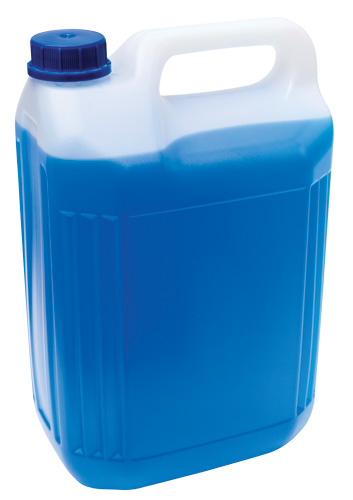 A team at Oregon State University has found a novel way of keeping costs and toxicity levels down in the manufacturing of thin film solar cells.
A team at Oregon State University has found a novel way of keeping costs and toxicity levels down in the manufacturing of thin film solar cells.
 BY LINDA BAKER
BY LINDA BAKER
Harnessing energy from the sun can be a dirty business. Manufacturing thin film solar cells, for example, typically requires expensive and toxic materials, including trioctylphosphine, a solvent, and cadmium, a core material. Now a team at Oregon State University has found a novel way of keeping costs and toxicity levels down. Part of the process involves antifreeze, the same chemical that keeps car radiators from getting too cold. Trioctylphosphine is dangerous to handle and can turn from liquid to solid just by being exposed to the air, says Greg Herman, an associate professor in OSU’s School of Chemical, Biological and Environmental Engineering. Not so with antifreeze, which can be used as a low-cost substitute. The new process also uses copper zinc, which is 100 times less expensive than gallium and indium, other commonly used core materials. Herman credits his graduate student Brendan Flynn for coming up with the antifreeze idea and says, so far, peer response has been promising. “Usually when you submit an article, reviewers say ‘Fix this, or, This is a problem,’” observes Herman, whose research was recently published in Material Letters, a professional journal. “But the only review we got back said, ‘This is of extreme importance for the solar-cell industry and should be published as is.’”


